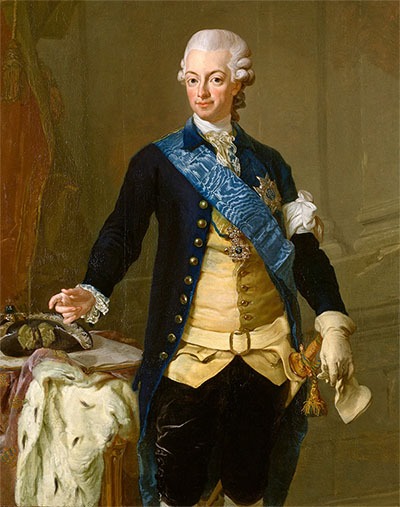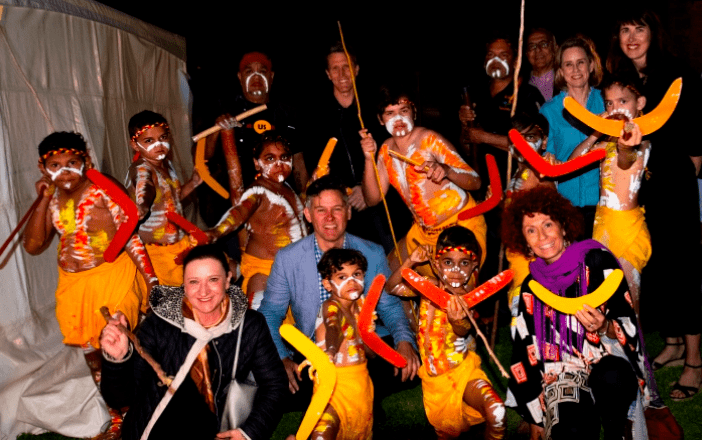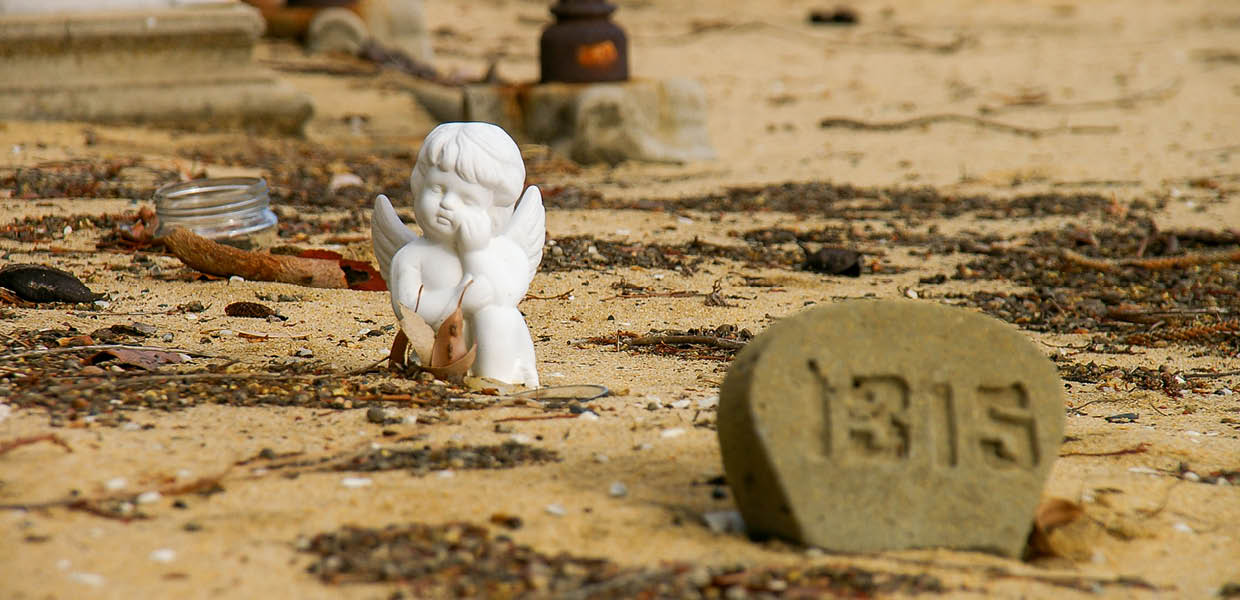The Swedes Were Coming!
PICKLED eel and kringles at Christmas, clogs, akvavit and Abba. ‘Sandgropers’ today would be enjoying a Scandinavian lifestyle had King Gustav III pursued plans to colonise the Swan River.
In 1687, a year before English explorer William Dampier visited the west coast, French captain Abraham Duquesne-Guitton was blown off course on his way to Siam (Thailand) and saw on August 4, just north of the Swan River mouth, what he said was ‘Eendrecht Land’ (after Dirk Hartog’s ship which visited WA in 1616). He did not land.
The same year, Duquesne-Guitton’s nephew, Nicolas Gedeon de Voutron, reportedly landed at the mouth of the Swan River he recommended as a suitable location for a new colony.
King Gustav subsequently engaged Dutch merchant William Bolts, a former employee of both the British East India Company and Austrian East India Company, to develop plans to establish a Swedish colony on a suitable island in the ‘Eastern seas’.
Bolts would be governor for life of what was to be called ‘Boltsholm’. Self sufficient after five years, Boltsholm would serve to refresh Swedish merchant ships sailing to the East Indies and China. Bolts also envisaged it could become a ‘free’ port in time of war between European powers.
Bolts refused to disclose the site’s precise whereabouts, stating only the land would be, “suitable for plantations producing silk, cotton and sugar.”
Gustav authorised the founding of a new Swedish settlement in WA in November 1786. The king ordered two frigates and a merchant ship to be equipped and armed for the journey from Gothenburg in August 1787.
 But Gustav postponed Bolts’ plans after he invaded Russia. He released Bolts from his contract and paid him 250 pounds in compensation. Bolts tried to reignite Swedish interest in the project, reminding the ministry the English planned to settle Botany Bay.
But Gustav postponed Bolts’ plans after he invaded Russia. He released Bolts from his contract and paid him 250 pounds in compensation. Bolts tried to reignite Swedish interest in the project, reminding the ministry the English planned to settle Botany Bay.
His appeals fell on deaf ears – and the rest is history.




